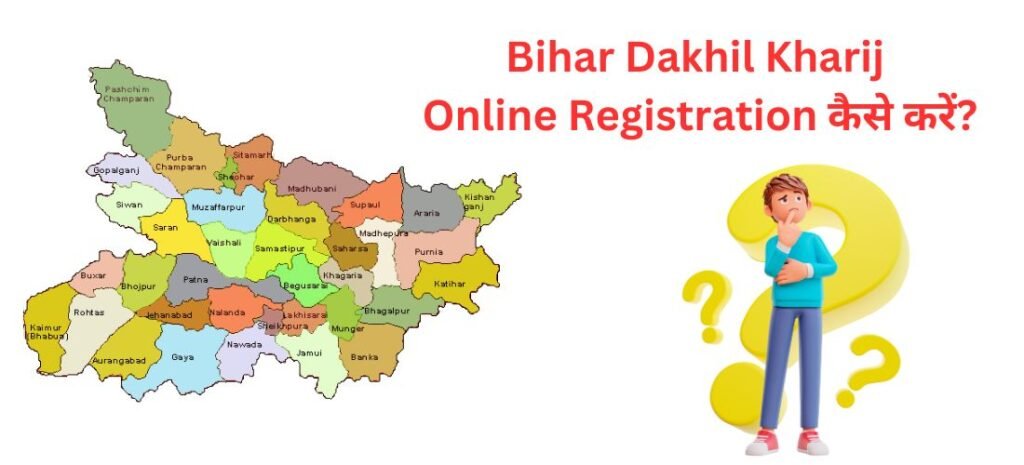Sports prediction isn’t just a niche hobby anymore. It’s now baked into how teams scout for new talented players, how bettors look for value, and even how TV broadcasters fill their graphics with live win percentages. The same math that predicts a cricket chase after 15 overs can also project the odds of an NBA guard draining a contested three.
At first glance, sports prediction is pretty simple: collect past results, run the numbers, and apply patterns to the current game. However, it can be quite tricky because each sport has its own quirks, so the formulas aren’t exactly uniform. Cricket has weather, pitch wear, and limited overs. Basketball has constant substitutions, foul trouble, and hot streaks.
The Basics: How Prediction Models Work
A prediction model is just math with a purpose. Find enough historical data, and using them, can estimate the likelihood of future events. Here of the most common models used in many sports:
Elo Ratings is one of the simplest. Every team has a score that goes up when they win and down when they lose. Beating a strong team makes the jump bigger; losing to a weaker team hits harder. This method nailed it in the 2019 Cricket World Cup when England’s Elo rating stayed high despite an early loss.
Bayesian Updating starts with a pre-game prediction and adjusts it as the game progresses. If a cricket team was given a 40% chance of winning before the first ball, but then their openers smash the first few overs, that number changes in real time. In basketball, the same happens if the first half or even minutes of the game dictate how prepared a team is.
Poisson Regression is good for predicting totals. It looks at how often a certain event happens, like runs per over in cricket or points per quarter in basketball, and projects the most likely final score. It’s not as complex as other prediction models, but in low-scoring cricket formats, it often lands within a few runs of the actual total.
Cricket Models: Dealing With Chaos
Cricket can be quite a nightmare for prediction accuracy because so much can change mid-match. Factors like rain, pitch wear, toss results, and even crowd conditions in certain stadiums can easily impact a match result. So, it might be wise to look into multiple cricket prediction models like the following if you’re planning to participate in 10CRIC cricket betting.
The Duckworth-Lewis-Stern (DLS) Method
This is probably the most famous. It’s not a win predictor in the traditional sense, but it adjusts targets in rain-shortened matches. In the 2019 World Cup semi-final between New Zealand and India, DLS correctly set a tricky chase target that ended up being just enough for New Zealand to edge India out. Without it, the game might have been tilted unfairly.
Partnership Survival Models
These look at two batters and estimate how long they’re likely to last together. They factor in strike rates, bowler matchups, and even venue history.
Run Rate Projections
This tracks where the final score is headed based on the current pace and game context. In the 2016 IPL Final, after the first 10 overs of Sunrisers Hyderabad’s innings, projections had them finishing around 205. They ended on 208 (almost spot on) and went on to win.
Basketball Models: Predicting in High-Volume Games
Basketball gives prediction models more data to work with because there are constant possessions and scoring chances. That makes projections more stable, but surprises still happen. Here are models that basketball fans use to predict game results:
Player Efficiency Rating (PER): Rolls all of a player’s box score stats into one number so you can quickly see their impact. It’s especially useful for lineup projections. Before the 2021 NBA Finals, models using PER pegged Giannis Antetokounmpo as the single most valuable player in the matchup. That turned out to be true when he dropped 50 points in Game 6 to seal the title.
Adjusted Plus-Minus (APM): Looks at how the team performs when a player is on the court versus off it, adjusting for teammates and opponents. This model was accurate during the 2014 Spurs’ dominance. Even though no single player’s stats were gaudy, their APM ratings predicted they’d dismantle the Heat in the Finals.
Shot Probability Models: Predict the chance of a shot going in based on location, defender distance, and shooter history. In Game 7 of the 2019 Raptors vs Sixers series, Kawhi Leonard’s famous corner three earlier in the game had been given a high probability by these models. It went in, building momentum for his later game-winner.
Lineup-Based Win Projections: Simulate the rest of the game thousands of times with different rotation patterns. During the 2022 Western Conference Finals, these models saw the Warriors as overwhelming favorites after Luka Dončić’s supporting cast faltered early in Game 5, and Golden State closed it out easily.
Conclusion
Cricket and basketball may be completely different sports, but prediction models treat them the same way: gather data, apply formulas, and keep updating as the game unfolds.
But as always, prediction models aren’t crystal balls. They’re probability engines. They work brilliantly over time but can still get blindsided by one inspired performance or sudden game-changing moment.


